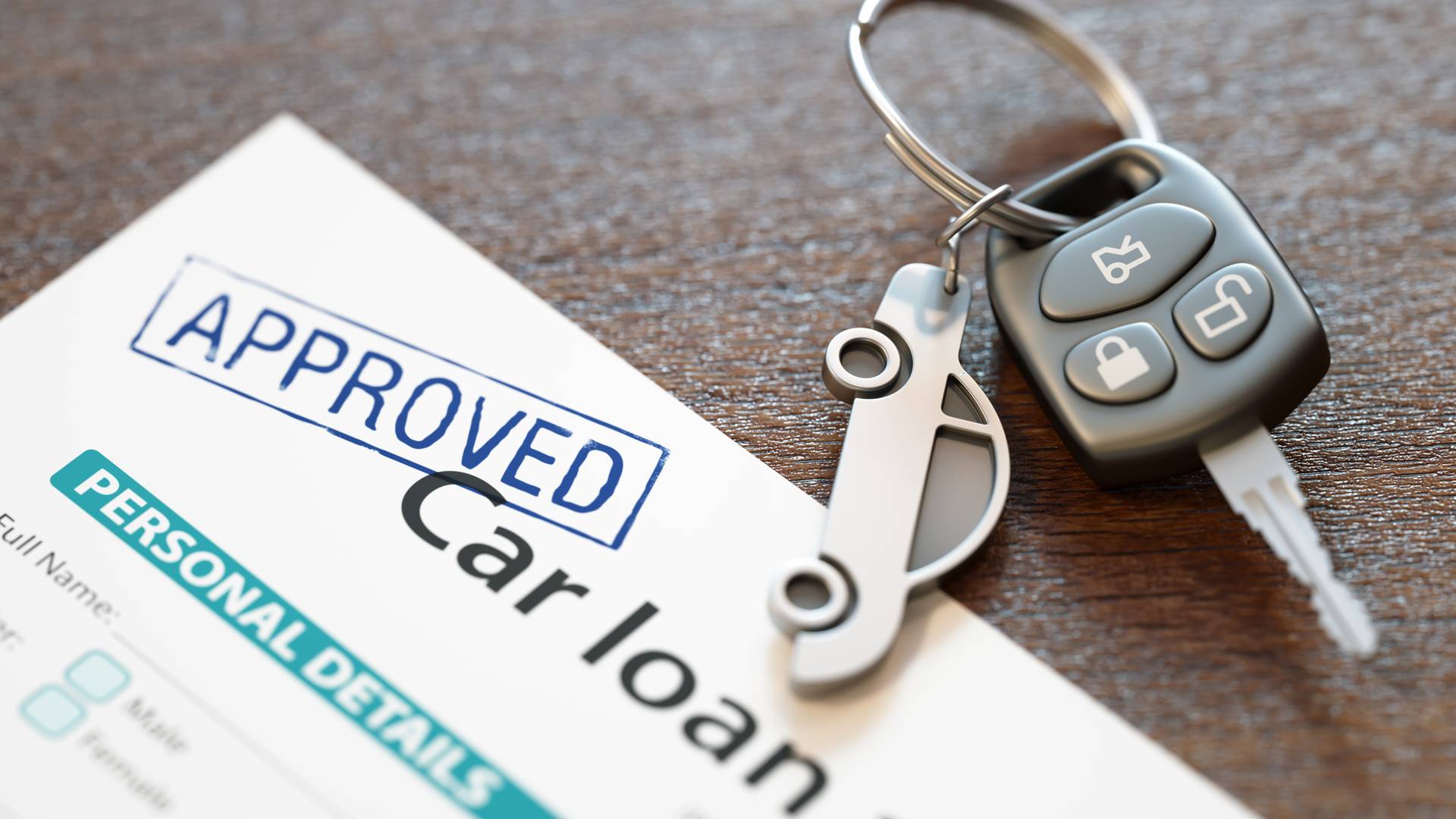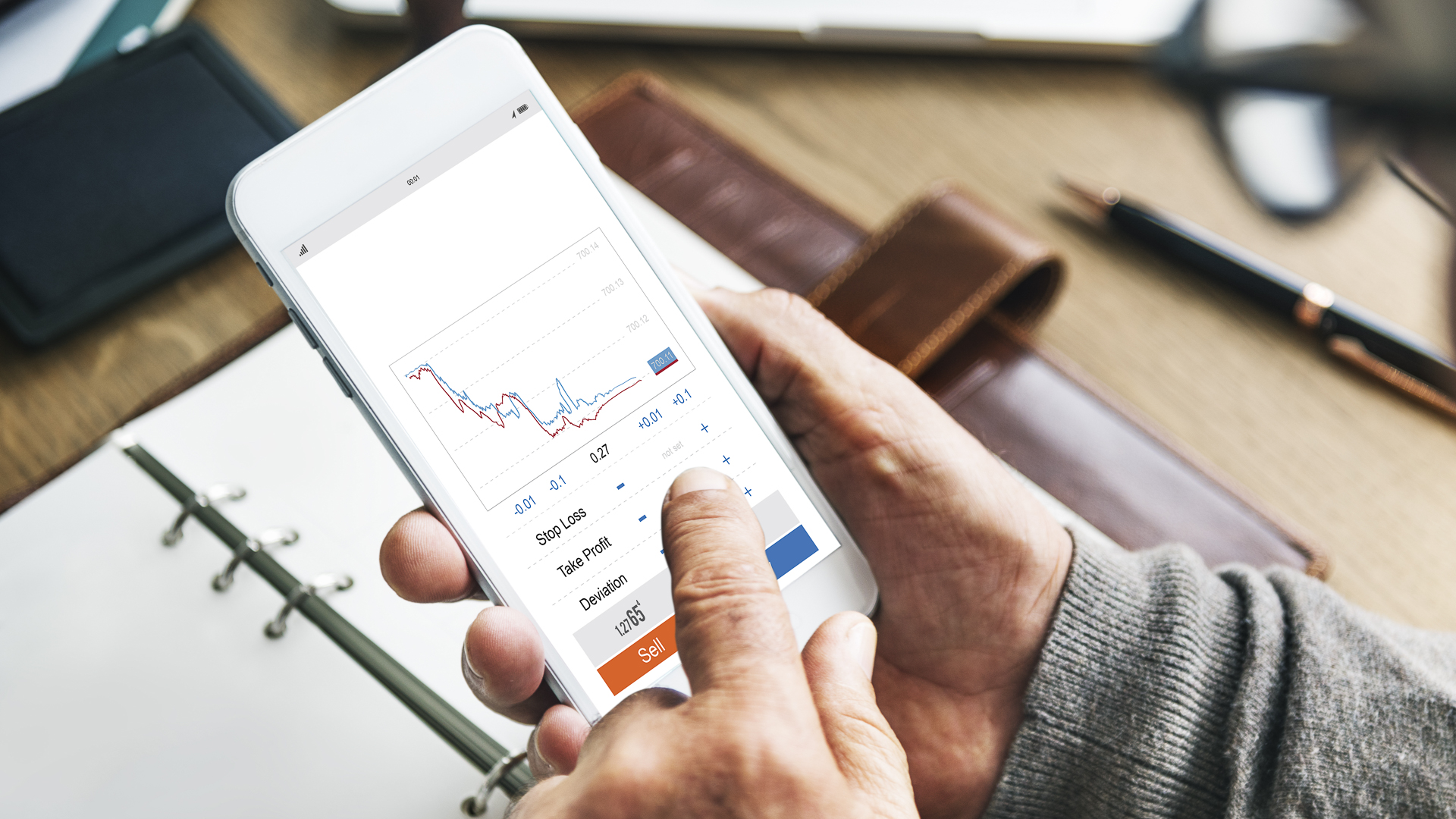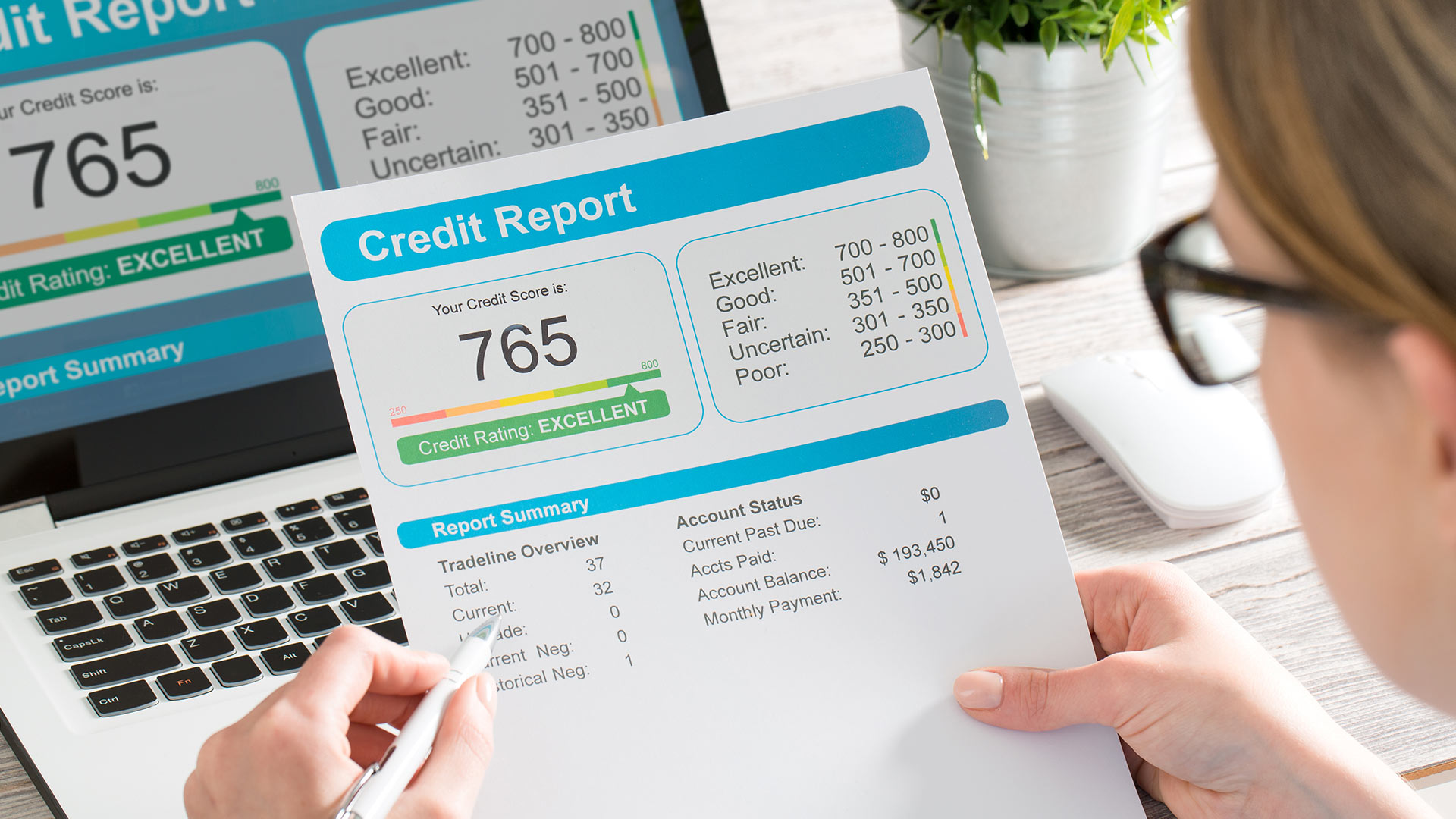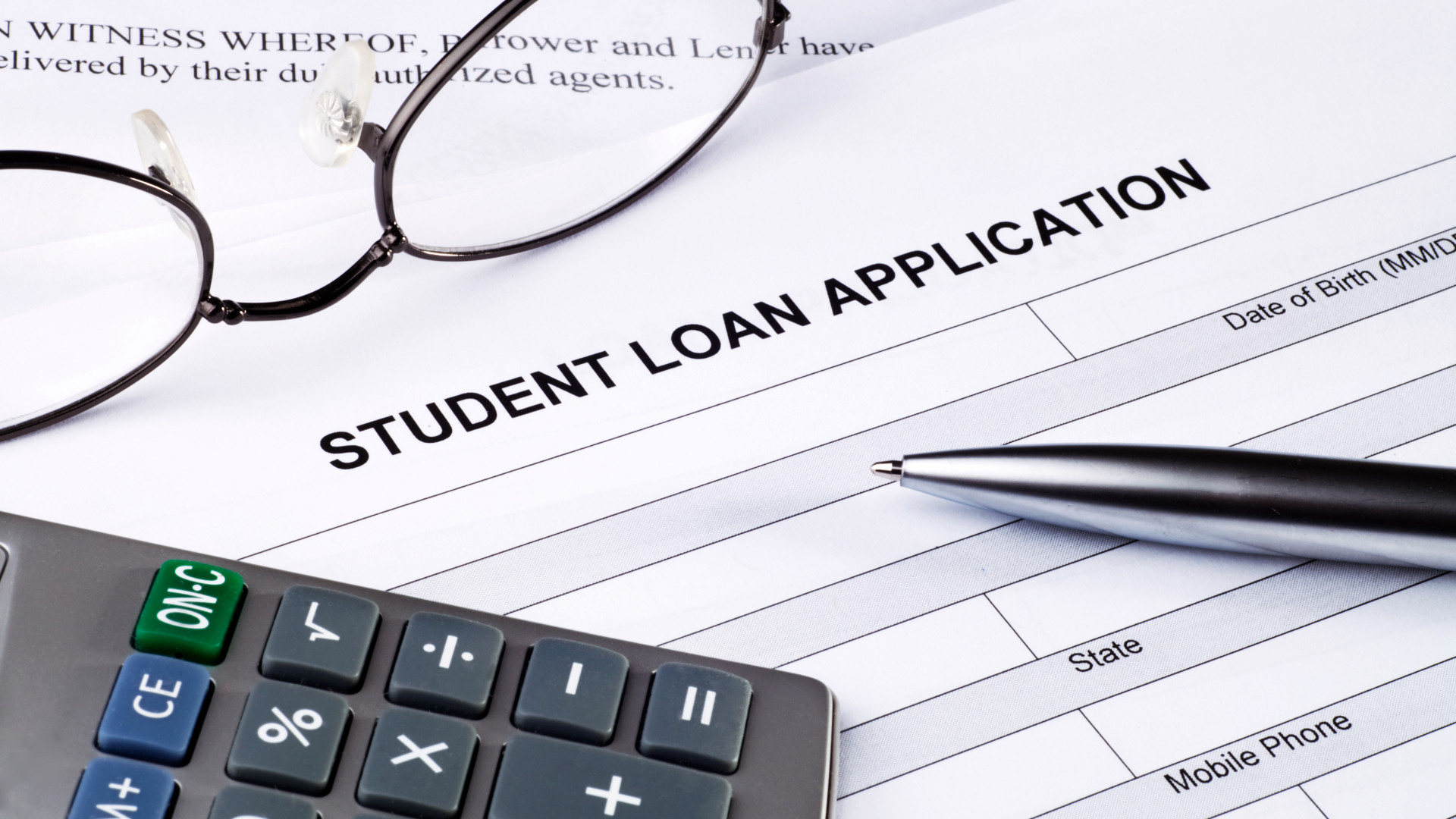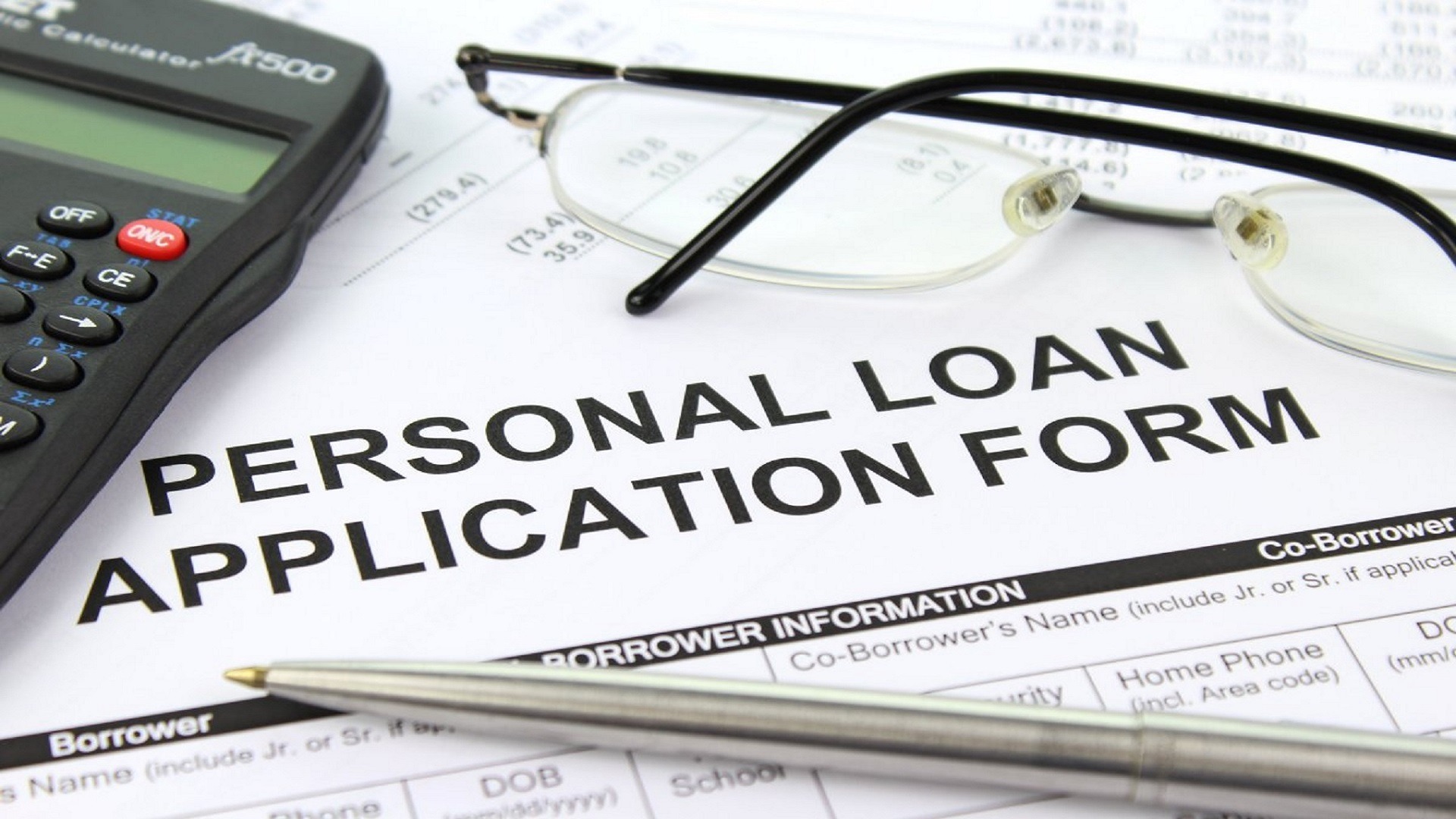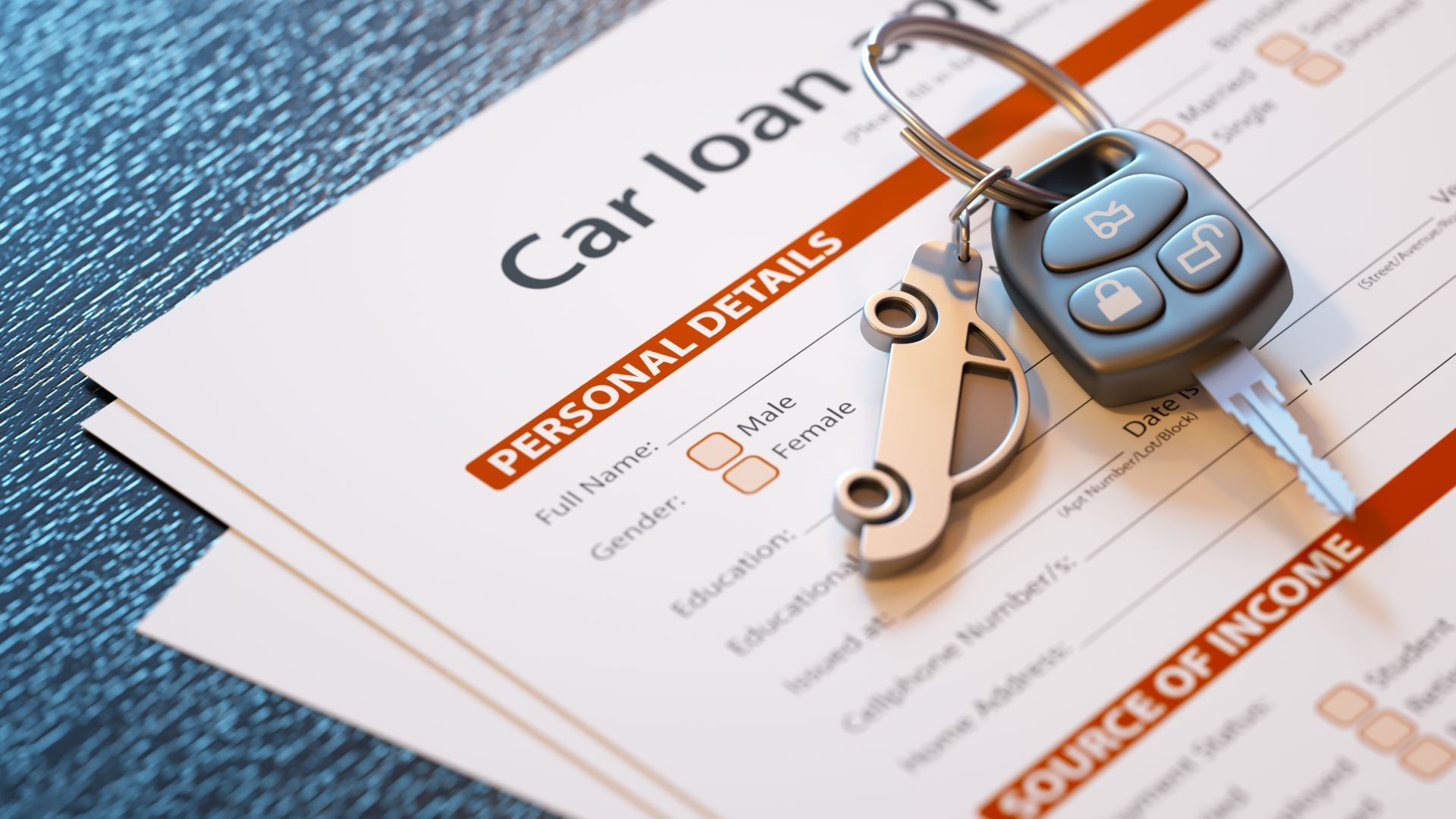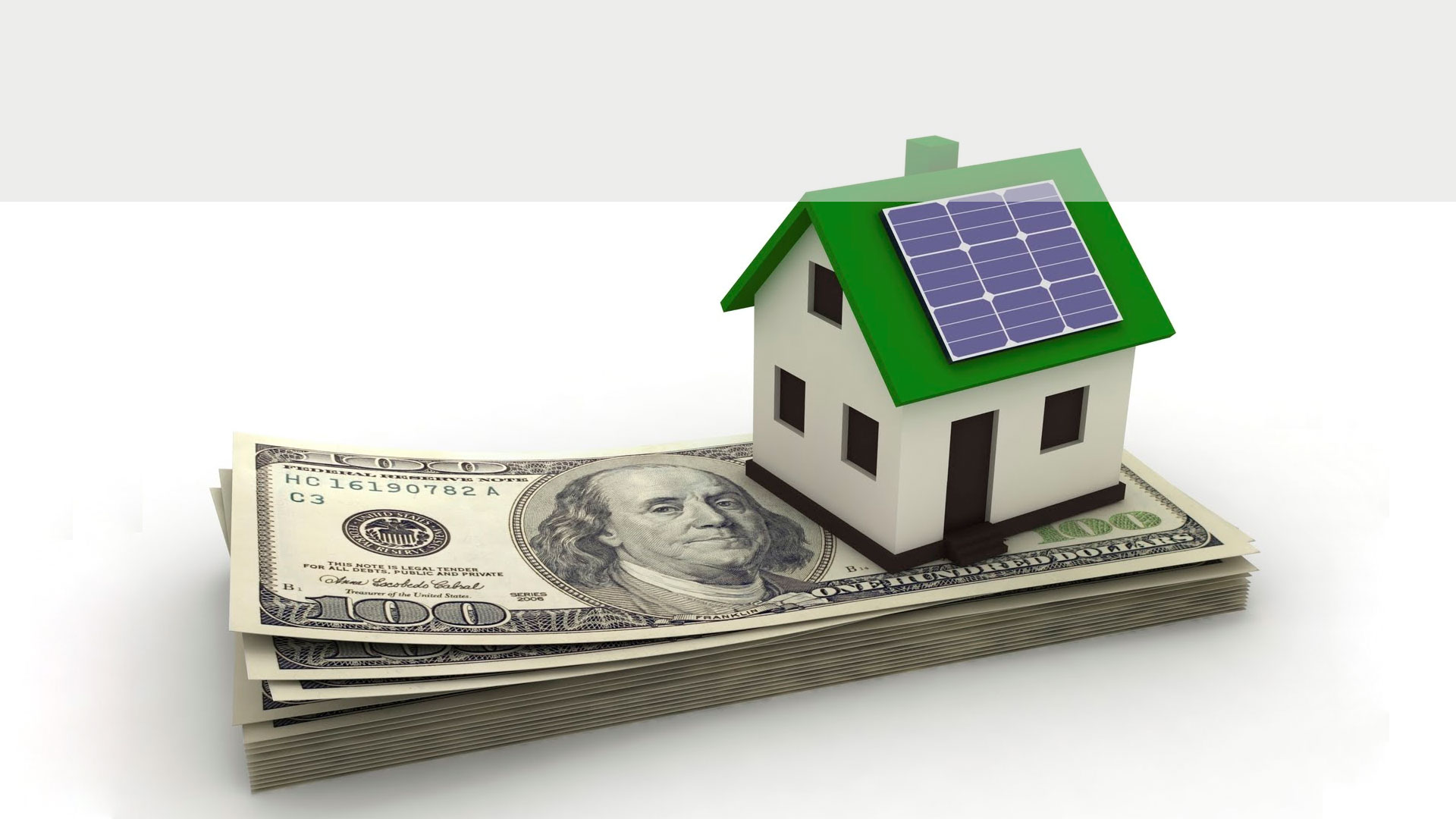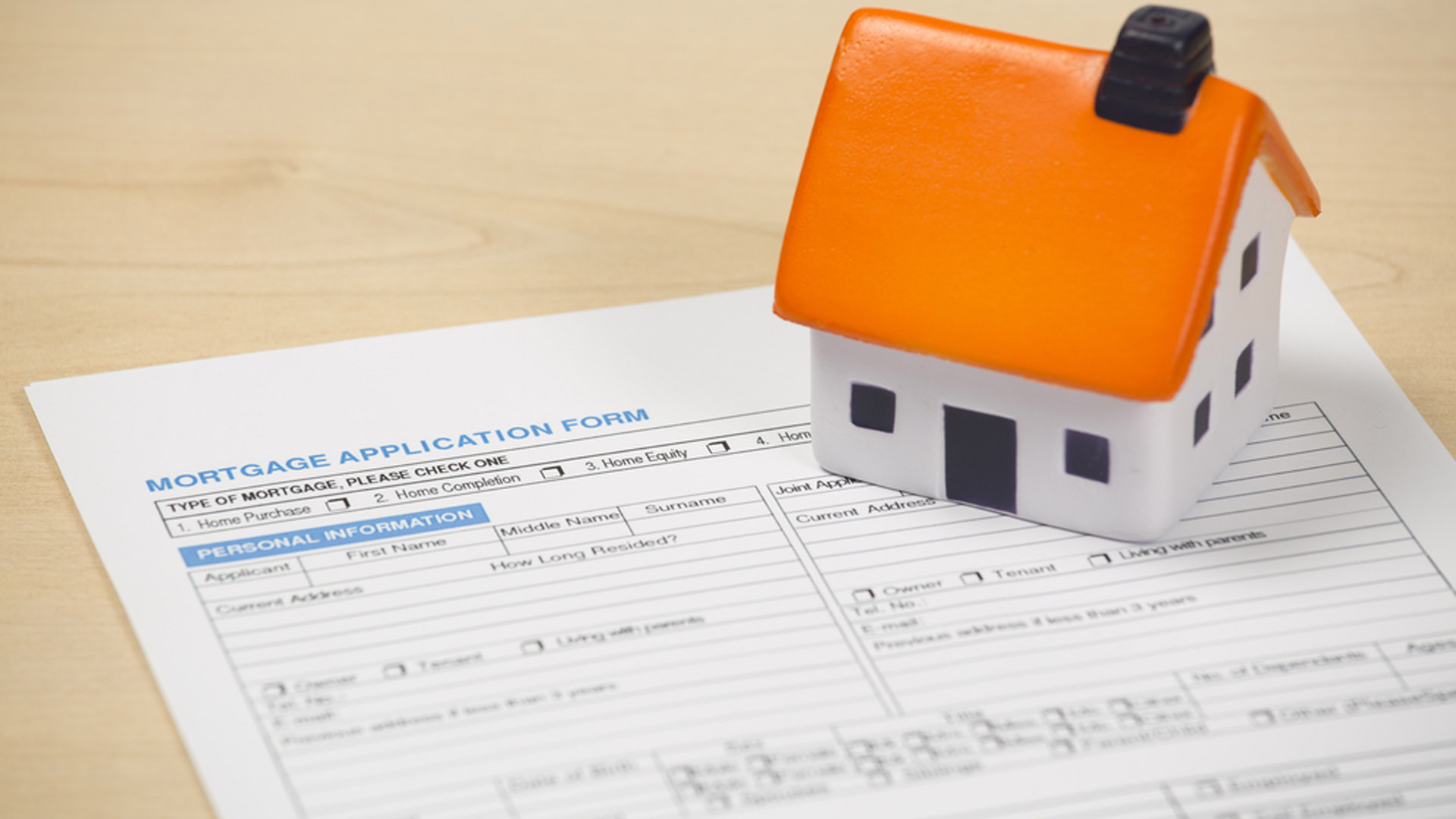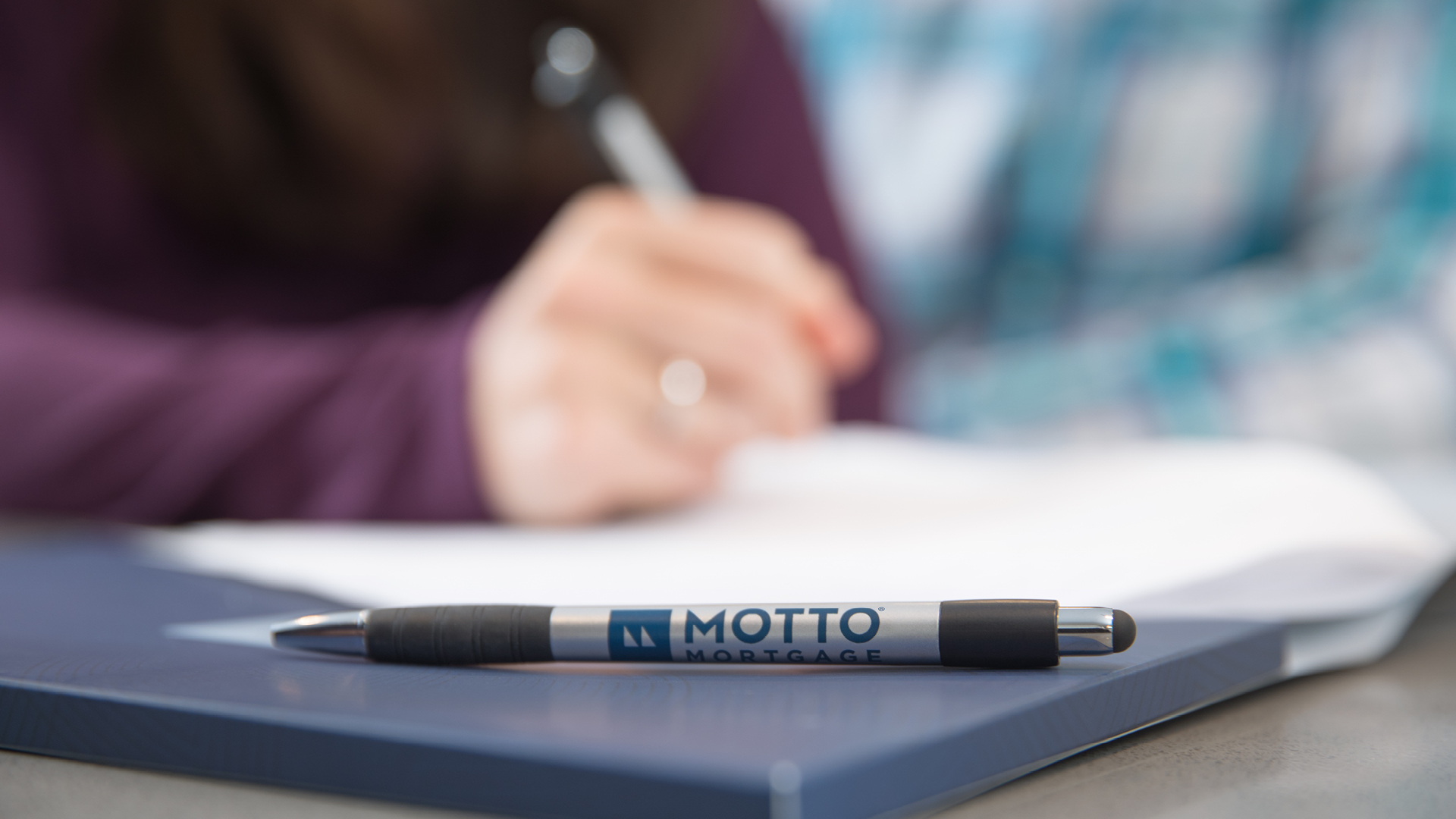In the event that you claim a home, there could be times when you may want to withdraw equity from your home to put it to utilize somewhere else.
A cash-out refinance (also called a “cash-out mortgage refinance” or a “cash-out refi”) is one way to do only that.
What is cash-out refinancing?
Cash-out refinancing allows a homeowner to haul money out of their home by refinancing their current mortgage for an amount that is greater than the current loan.
The majority of the new loan is typically used to pay off the original mortgage, and the proprietor can put whatever’s left over in the bank.
You can typically cash out a decent segment, yet not all, of the equity you’ve developed in your home. As with a traditional mortgage refinance, a cash-out refinance may have an alternate interest rate and term than your current mortgage.
How a cash-out mortgage refinance works
How about we start with an example. A homeowner with a house worth $350,000 has a current mortgage of $225,000. This means that they’ve developed $125,000 equity in their home.
In the event that they wanted to access a portion of that equity as cash — say, $50,000 of it — they could gain access through a cash-out refinance. Thusly, the current mortgage would be paid off and the homeowner would go into a new loan agreement for a loan worth $275,000.
The homeowner would then get about $50,000 in cash, minus shutting expenses and charges forced by their lender. Charges typically incorporate an application expense, an appraisal charge, title search, and loan origination expense. Expenses can range from two or three hundred to two or three thousand dollars, however once in a while you are able to wrap these expenses into the loan amount.
Common reasons for pursuing a cash-out refinance
In spite of the fact that there may be a few confinements to what you can utilize the cash you get from your cash-out refinance on the off chance that you want to have the option to deduct the interest you pay on it from your yearly annual taxes (more on that underneath), there is really nothing that you can’t spend the money on.
Some regular reasons homeowners seek after a cash-out refinance include:
It is important to keep at the top of the priority list, however, that taking equity out of your home by utilizing a cash-out refinance in any capacity whatsoever includes risk. On the off chance that you get yourself unable to pay your new mortgage, you might face dispossession and the loss of your home, since it is the collateral for your loan.
How much does a cash-out refinance cost?
It is important to keep at the top of the priority list that the cash that the homeowner gets isn’t free money. They will be answerable for paying interest for that cash, as they would for any other kind of loan.
Most home buyers take out a 30-year mortgage when they purchase their home because it makes their monthly payments affordable. In case you’re refinancing, you may have already been paying your mortgage for a number of years. In this case, many borrowers pick a loan with a shorter term, (for example, a 15-year loan term while refinancing). While refinancing into a shorter term loan, homeowners often can get a lower interest rate when they refinance.
However, in the event that you have a mortgage that you took out when interest rates were near notable lows, you may find that you’d have to pay a higher rate in the event that you refinance. So not exclusively will you pay interest on the cash you take out of your home — the bit of the mortgage that speaks to new debt — you’ll also be paying a higher interest rate on the debt you already had. In this case, a mortgage refi may not be the correct answer for you.
To put it plainly, make sure to compare rates and terms from several lenders. You’ll want to compare the APR for each loan and loan type. The APR incorporates the focuses and expenses charged by a particular lender in addition to the interest rate. This allows you to make an apples to apples comparison of the various loans.
Requirements
Exact necessities for qualification will rely upon the lender providing the cash-out refinance, however typically they aim to guarantee your creditworthiness as a borrower.
The factors considered often include:
Tax Implications
You won’t have to pay annual taxes on the money you get through a cash-out refinance, because the money doesn’t consider “pay.”
You can claim the mortgage interest conclusion for the “home acquisition” segment of your new loan — the amount that you owed on your old loan, plus any returns that you use to make upgrades to your home — however the guidelines have changed.
The mortgage interest derivation allows you to deduct the interest you pay on qualified mortgage debt from your taxable pay. It used to be that you could claim the mortgage interest reasoning on up to $1.1 million in total mortgage debt, incorporating up to $100,000 in home equity debt utilized for any reason.
Be that as it may, starting with 2018 tax returns recorded in 2019, interest paid on a cash-out refinance or home equity loan is just deductible whenever used to purchase or make “substantial upgrades” to your home. Plus, as far as possible for newly originated loans is $750,000. So in case you’re refinancing more than that, there could be tax implications (always consult with a tax advisor in the event that you have questions).
Alternatives
Cash-out refinancing isn’t the main device that homeowners have to access the equity that they have developed in their home. The alternatives underneath may also achieve that goal, however each carries its very own advantages, disadvantages, risks, and tax implications.
Limited cash-out refinancing
A restricted cash-out refinance is similar to a cash-out refinance depicted above in that it grants the homeowner access to a portion of the equity they have worked in their home. Where it contrasts is in what that money can be utilized for.
Although money got from a cash-out refinance can generally be utilized for anything, money got from a restricted cash-out refinance is typically constrained to being utilized to:
A home equity line of credit (HELOC) is a line of credit that allows homeowners to access the equity in their home. It works similarly to a credit card in that the funds are accessed as required, instead of as a single amount (however there is often a base draw prerequisite).
The interest rate charged by a HELOC is typically variable, meaning it will back and forth movement along with a file like the prime rate or LIBOR. Like a cash-out refinance, a HELOC includes utilizing your home as collateral.
Home equity loan
A home equity loan typically allows a homeowner to access the equity they have worked in their home by taking out a subsequent mortgage. Instead of having a line of credit, you’ll get a one-time, singular amount payment from a lender.
These loans typically accompany a fixed interest rate, allowing you to lock in a set payment amount for the life of the loan. Because a home equity loan is a subsequent mortgage, interest rates may be somewhat higher than for a new first mortgage.
The bottom line: choose carefully
Prior to tapping into their home equity in any capacity — regardless of whether using a cash-out refinance, HELOC, or home equity loan — homeowners should carefully gauge the pros and cons of each option to determine which, assuming any, is to their greatest advantage.




